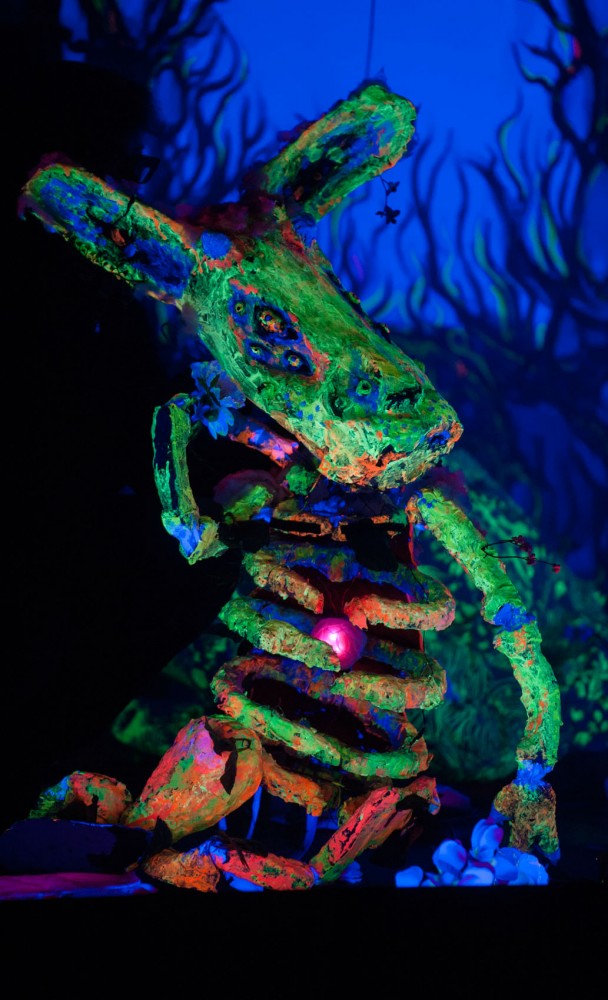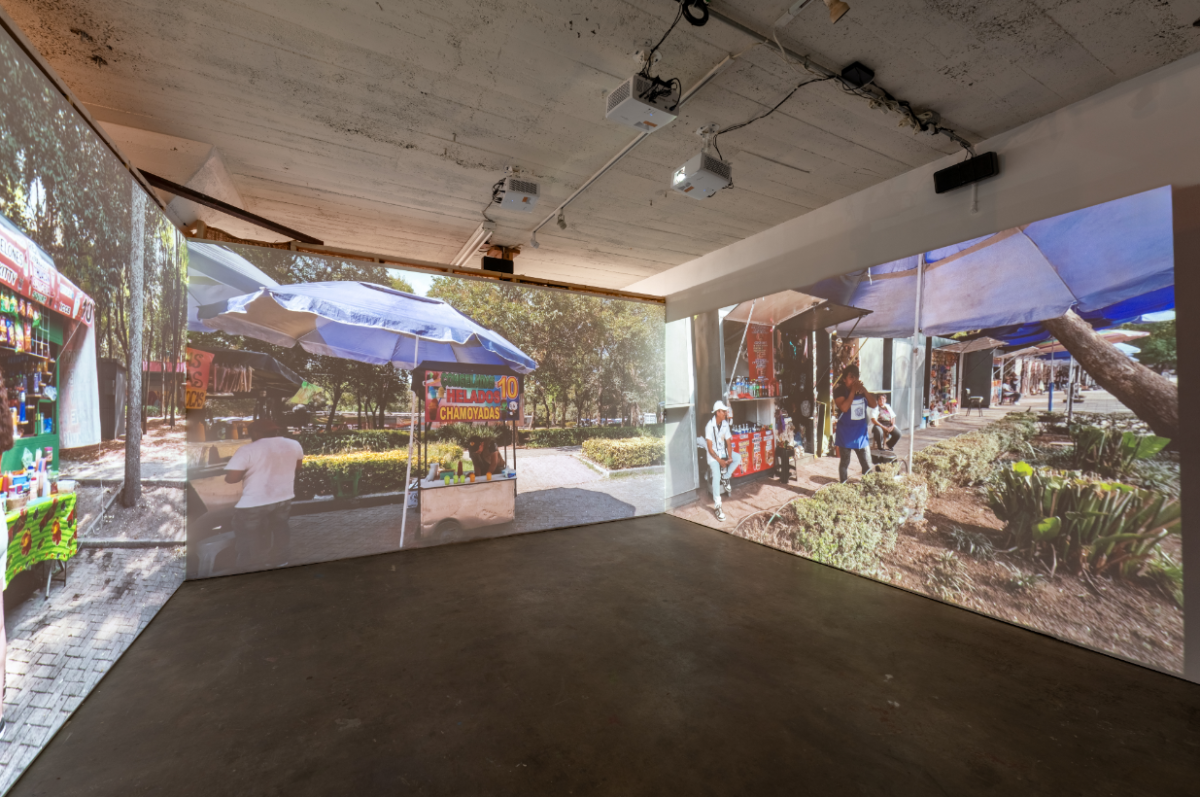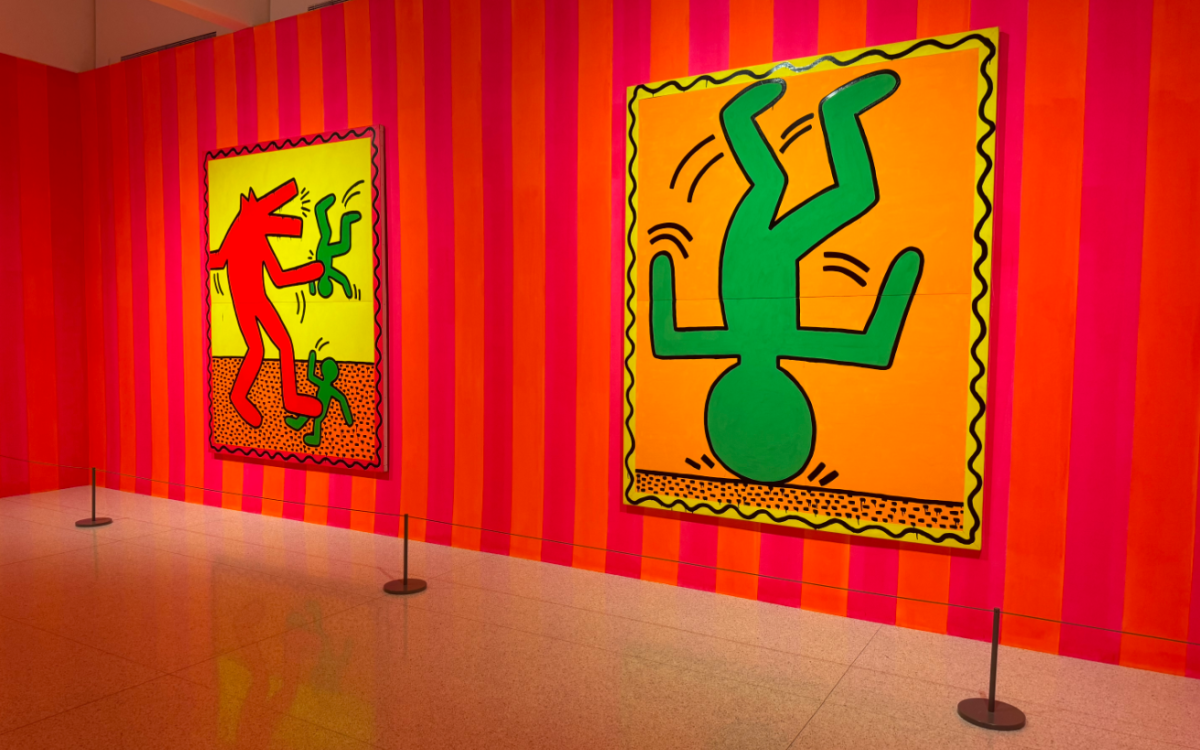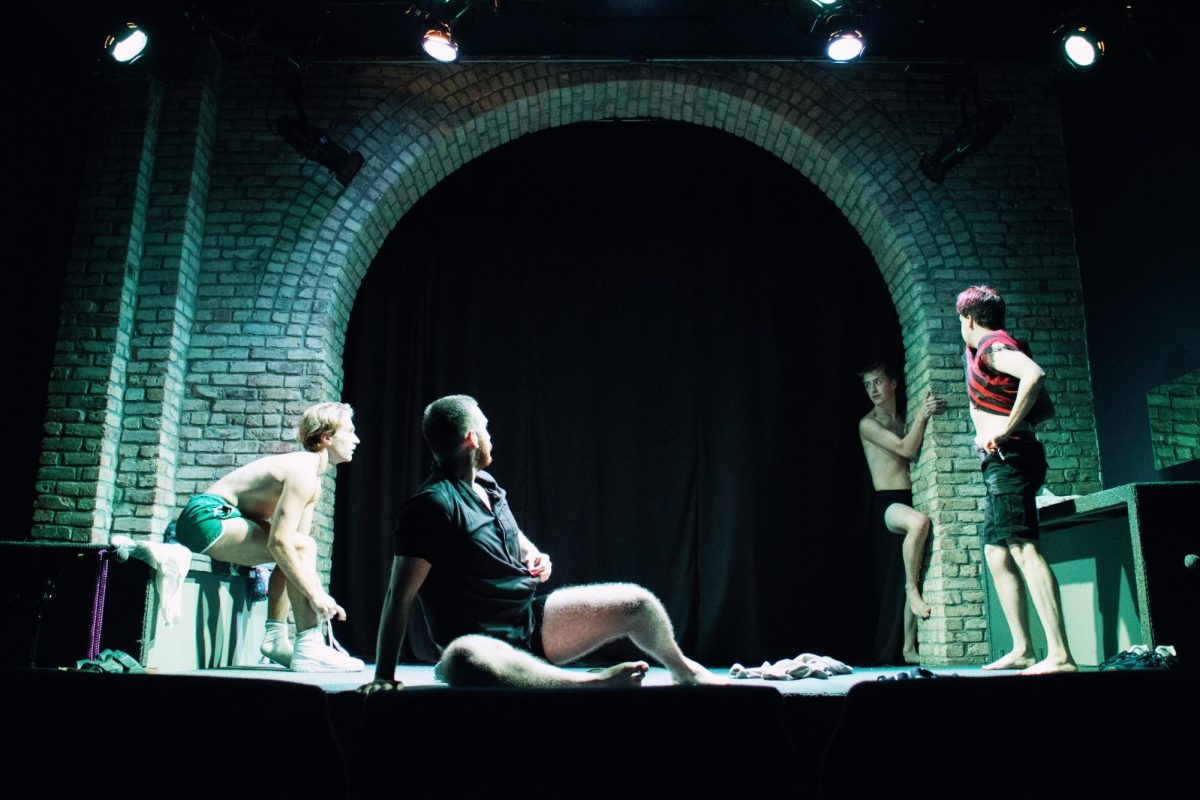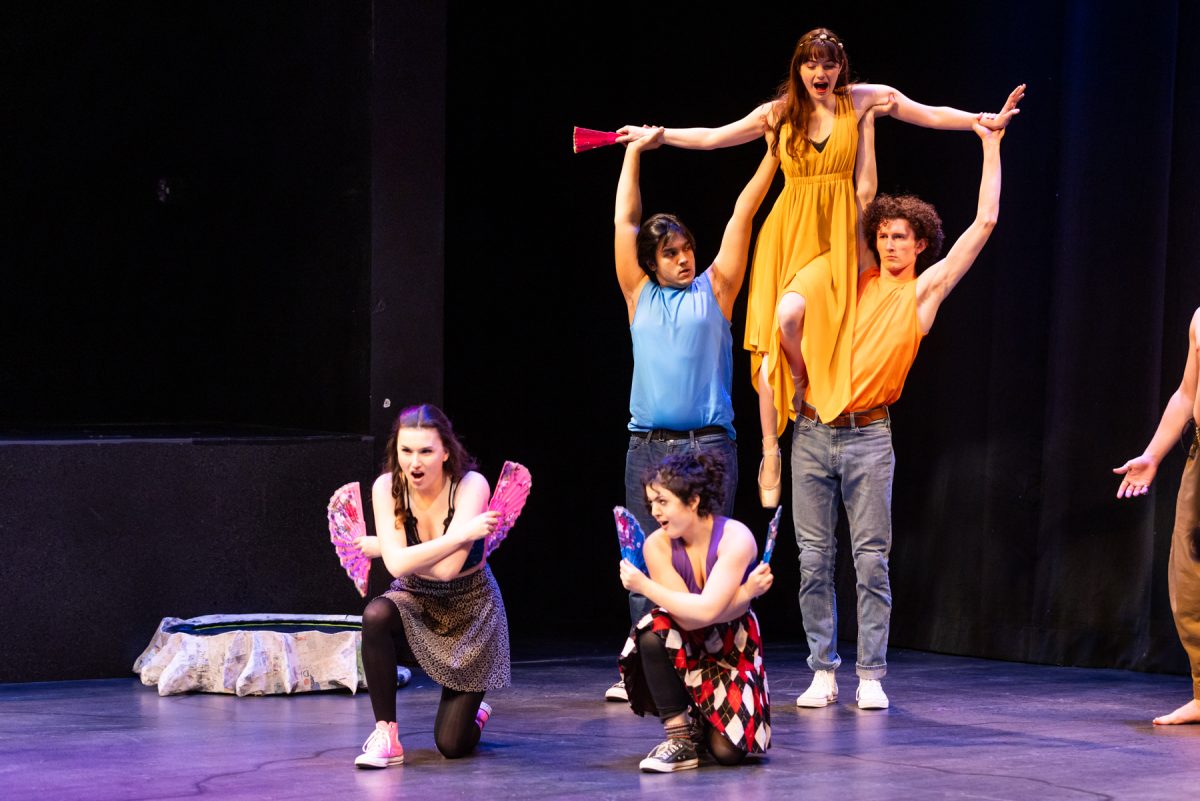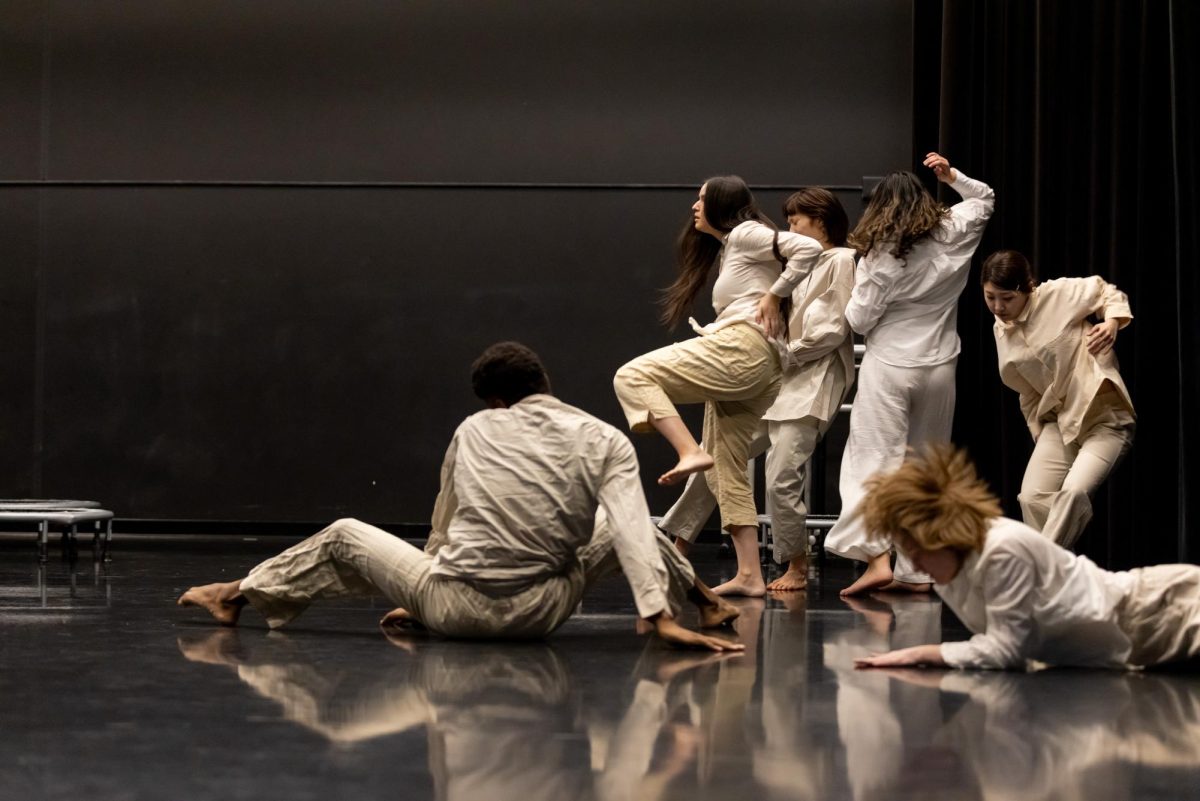Steve Ackerman tinkered with a cutout of a character named “Tummy da Talking Turtle” on the edge of the stage for PuppetLab 2013. The scaly, 2-D creature is the main character of “Cartooon,” Ackerman’s puppet project exploring the colorful world of the classic animation style.
“It’s pretty crowded in here,” he said.
With four radically different puppet shows undergoing construction for their opening night, this wasn’t a surprise. The performance space of PuppetLab 2013 hosted everything from vintage exercise bikes to jerry- rigged cardboard fortresses filled to the brim with the results of the past six months.
The Heart of the Beast’s PuppetLab series, now in its third year, nurtures the work of four young puppet artists exploring their aesthetic with new works. Alison Heimstead, the curator and creator of PuppetLab, has been supervising the process of the mentor-mentee director teams since last September. The process puts an emphasis on feedback between the artists and experimenting with the tricky, multifaceted art form.
“How do you have a pile of garbage turn into a character? How does it function? Puppetry is weird in that you have to mastermind these objects,” Heimstead said.
Not only have the artists been using all of their available resources to create these objects, but they’ve used them to develop new worlds. Like Ackerman’s highly stylized universe, Eben Kowler’s dance-based puppet show “I have filthy habits” and Rosie Jablonsky’s “Five Rules for Walking,” employ a number of figures from other dimensions, such as herds of dinosaur cattle, landscapes made entirely from trash and animated waffle makers.
To make these odd elements work, the artists used each other as sounding boards. Benjamin Brockman, the fourth artist in the program, knew that he could rely on the support of his PuppetLab colleagues.
“When I bring in an idea, I can count on someone giving me a straight answer,” he said.
The productive group dynamic benefited each project’s abstract nature. For example, Brockman’s piece, “Lepus Nacht: A Night in the Warren,” details the cycles of life and death through the post-apocalyptic exploits of a group of rabbits. The show explores backlighting in its visuals and is structurally designed so its environment moves like a living organism, which can provide for stunning imagery but was incredibly time-consuming to create.
“They’d help me build things. We spent an hour and a half of a session cutting flowers out of paper and seeing how we could make them animate,” he said.
Ackerman asserts the meticulousness required in this medium is what makes it worthwhile.
“With puppetry, the smallest detail takes three hours, and it’s only in the show for 30 seconds. You’re spending so much time on the smallest thing, and you’re like, ‘People might not even see this,’” he said.
But each moment, seen or unseen, contributes to the cohesive whole. Whether they’re handling a phosphorescent rabbit or a Muppet-esque character sifting through the garbage of a post-human Earth, the artists involved in PuppetLab seek to surprise themselves and their viewers.
“You can create a world that’s not familiar. You made it. It’s not easy to pin down what the result will be. That’s where the magic comes from; it’s unexpected to the puppeteer and the audience,” Brockman said.










